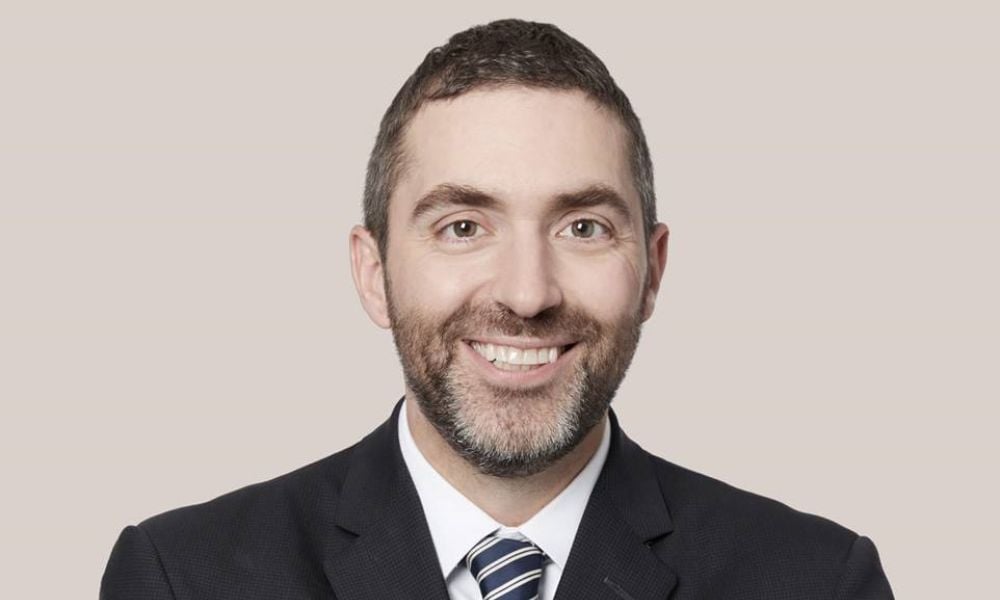Safeguards have made regulators look 'prudent and very smart', says lawyer

A robust regulatory regime likely saved Canadian cryptocurrency trading platforms from the worst parts of the FTX collapse fallout, says Daniel Fuke, a partner in Fasken’s securities and mergers and acquisitions group.
FTX was one of the world’s largest crypto exchanges and valued at $32 billion at this time last year. But in November, a CoinDesk report revealed that Alameda Research, a quantitative trading firm founded and run by FTX founder and CEO Sam Bankman-Fried, owned $5-billion worth of FTX’s native token FTT. The news raised concerns about FTX’s health, and in the days following the report, customers withdrew $6 billion from the platform.
A little over a week after the CoinDesk article, Bankman-Fried stepped down as CEO and the company filed for bankruptcy. Accused of the undisclosed personal use of customers’ funds, Bankman-Fried has been charged with eight criminal counts, including wire fraud on customers and lenders, conspiracy to commit commodities fraud and securities fraud, and conspiracy to commit money laundering and violate US campaign finance laws. The Securities and Exchange Commission and the Commodity Futures Trading Commission are also suing him.
The aftershock of FTX’s downfall has been felt across the industry. Crypto.com announced on Jan. 13 that it had laid off a fifth of its workforce.
Fuke advises clients in the blockchain industries, including on initial coin offerings, crypto exchanges, and investment fund formation, and says that Canada has avoided similar consequences partly because of the QuadrigaCX affair.
In early 2019, the crypto-asset-trading platform filed for creditor protection following the death of its founder, Gerald Cotton. According to the Ontario Securities Commission, Cotton had provided false assurances to depositors and “spent, traded, and used” their assets “at will.” More than 76,000 clients lost a minimum of $169 million in what the OSC said was a Ponzi scheme.
“The founder was treating customer deposits as his own cash,” says Fuke. “We still don't have a great sense of what he did with all of those before his death. As a result, it was a bit of a black eye for Canadian regulators.”
In the wake of Quadriga, regulators unveiled a regulatory regime for trading platforms, which built in a few safeguards that, while likely frustrating for many in the industry, may have ultimately saved some Canadian customers and firms, he says.
For example, the company must be registered as a restricted dealer with its local securities commission to be a regulated crypto-trading platform in Canada. That registration requires crypto trading platforms to maintain 80 percent of customer assets in “cold storage,” which means they are offline and cannot be hacked or lent to other parties.
“With that requirement, only 20 percent of a firm's assets could really be at risk on a given day,” says Fuke. The protection of customer assets allowed Canada to avoid much of the contagion felt in the industry, internationally, he says.
“Perhaps it's fortunate that we had our own ‘mini FTX,’ early on in the crypto industry, that clued regulators into this big risk that dishonest trading platform operators could abscond with public customer assets. So, they built in some safeguards to protect that, and I think that that makes the Canadian regulators come out looking very prudent and very smart.”



